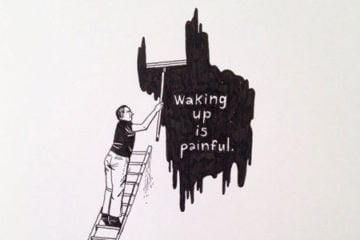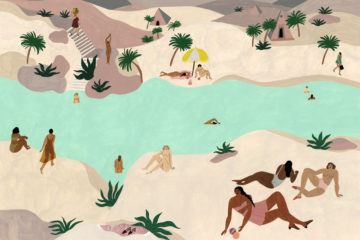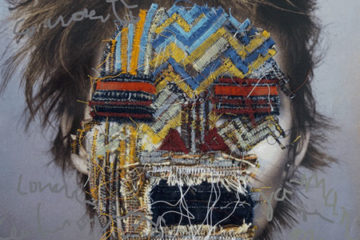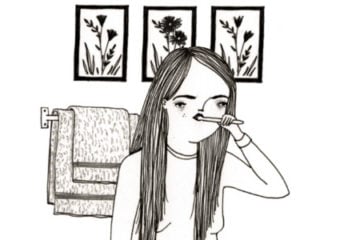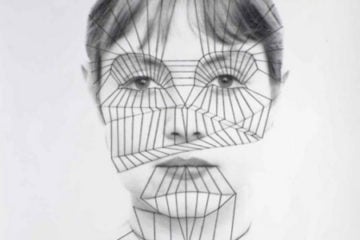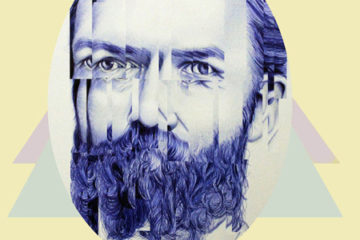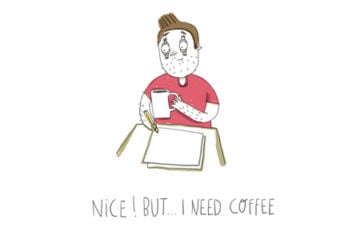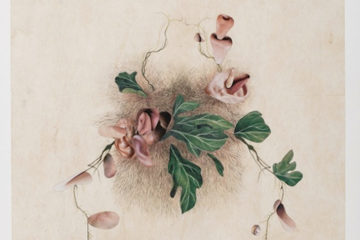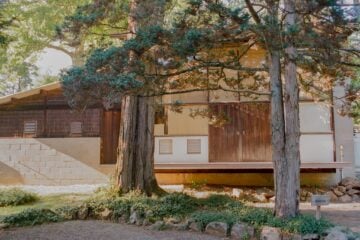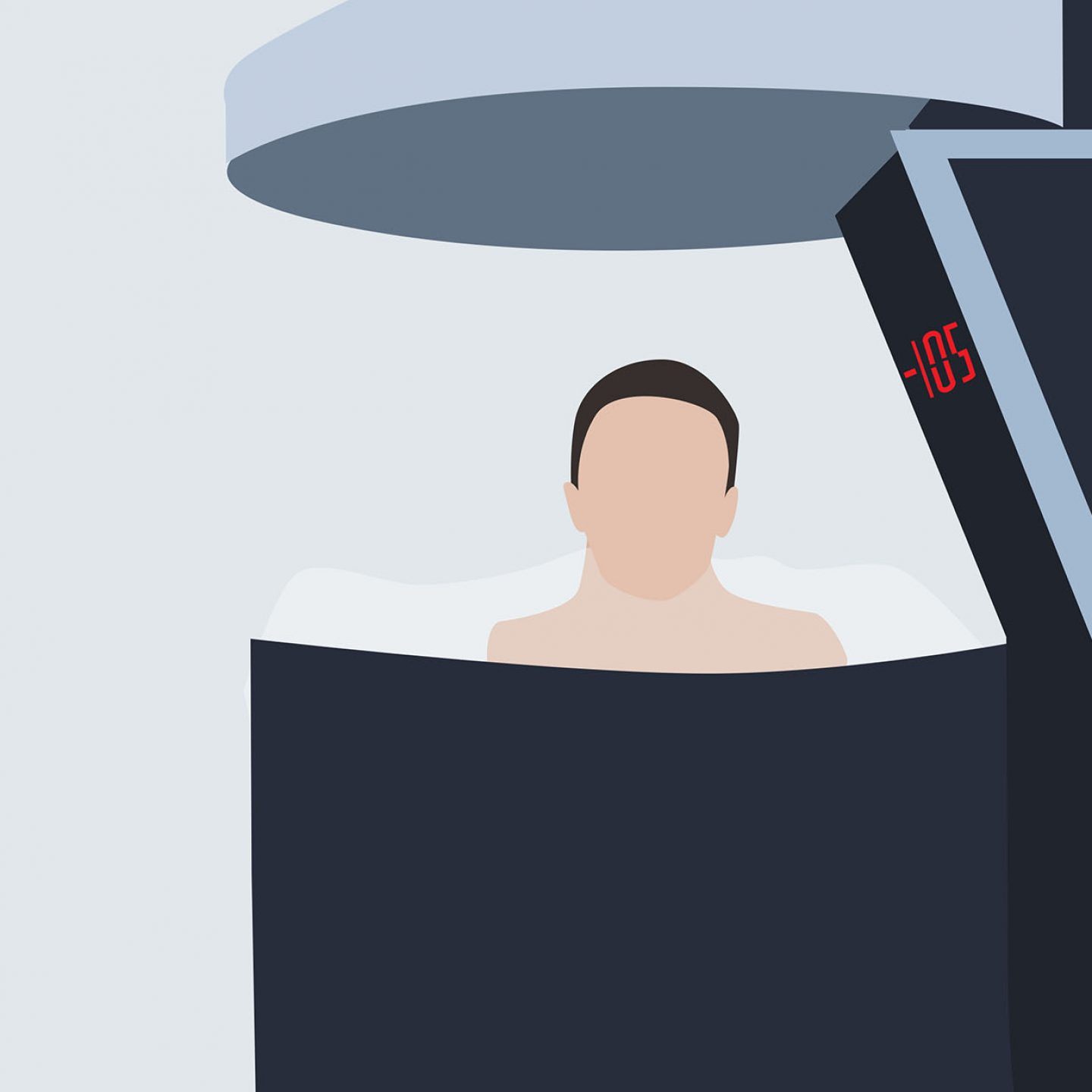
Past, Present, And Future Beauty Rituals
- Images
- Kathy Kim
- Words
- Rosie Flanagan
Beauty is an ambiguous concept: An aesthetic quality? Perhaps. More likely, it is a cultural, philosophical, and psychological construct with fluid edges that shifts and changes over time.
Throughout history, our desire to attain culturally sanctioned “beauty” has manifested itself in absurd rituals and practices that serve to emphasize the illogical nature of such a pursuit. From cryogenic facials to burying your entire body in mineral-rich hot sands, we have collected ten rituals from around the world that grant insight into the past, present, and future of beauty treatments.
—
001 Sunamushi Onsen
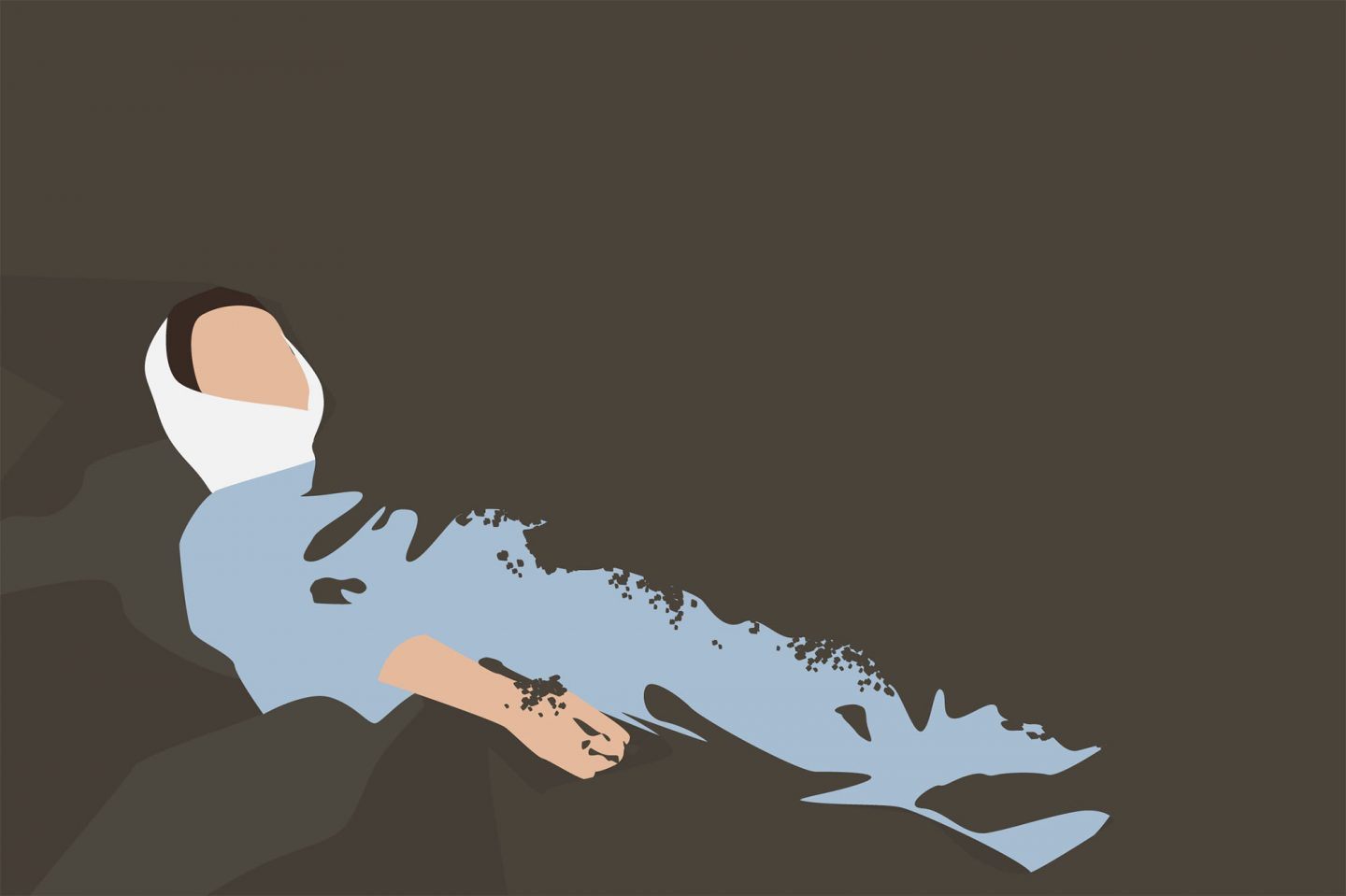
In the Japanese prefecture of Kagoshima lies a network of hot springs called Ibusuki Onsen. Whilst the use of hot springs for restorative purposes is much documented, here the unique point of difference is that bathing is undertaken not only in water—but also in sand. Suna-mushi is the name given to sand bathing; in Ibusuki, bathers—dressed in a yukata—lay on the beach where they are covered in sand by staff members of the Onsen. Sand bathers remain buried for between ten and twenty minutes, after which time the (unconfirmed) positive effects could be outweighed by the proven negative effects: dehydration, heart palpitations, and overheating. This ritual is believed to assist in bodily healing and is used to encourage healthy skin.
—
002 Huǒ Liáo
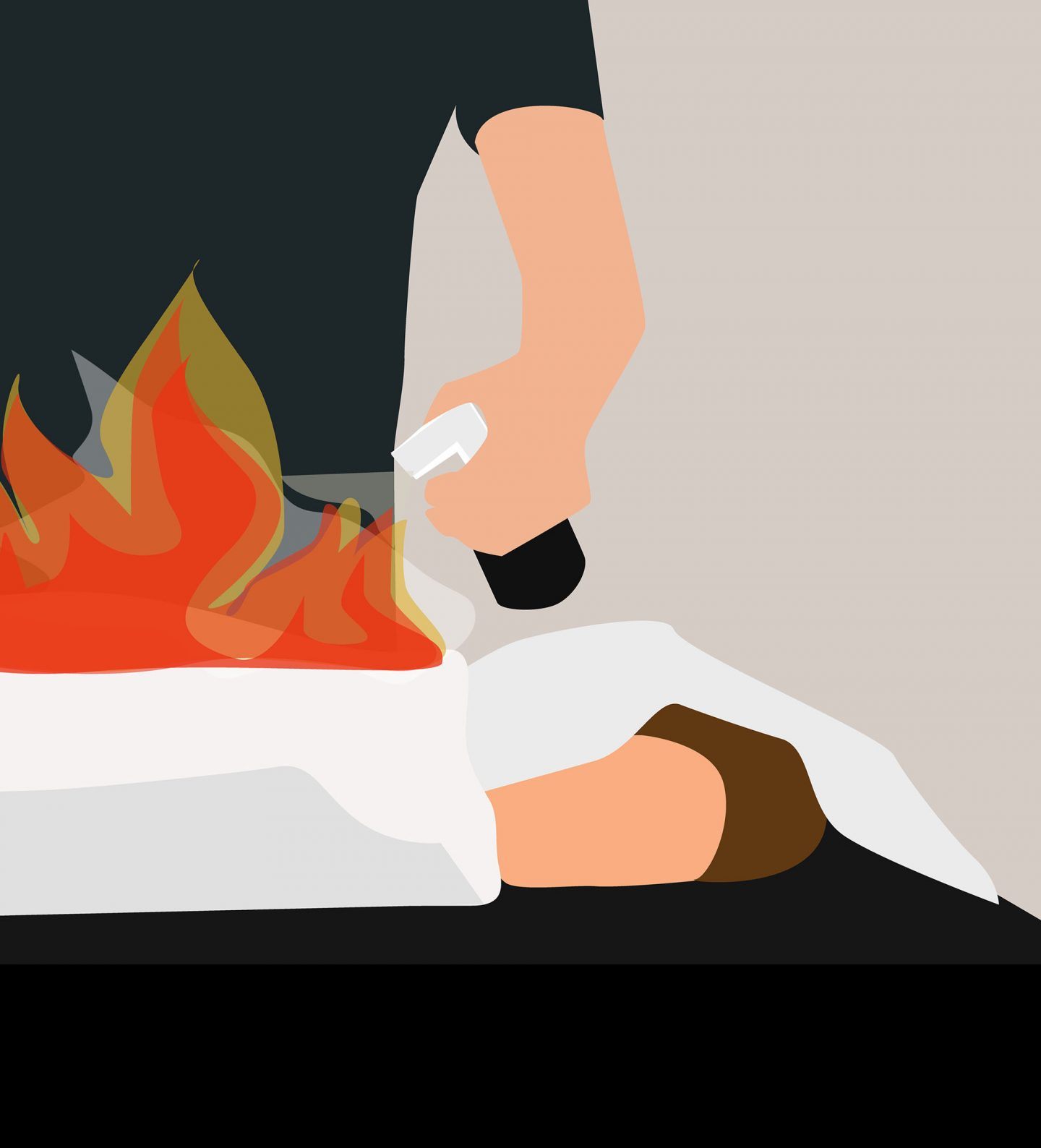
Huǒ Liáo, or “fire treatment”, is exactly as it sounds—a therapeutic beauty treatment where parts of your body are set alight. A common form of alternative therapy in China, its popularity has grown as people look for innovative ways to reinvigorate their skin. While the treatment looks extreme, the skin is not actually burnt in the process, but—when done properly—warmed. Areas of skin are covered by towels soaked in a “special elixir”, which is then set alight. This therapy is said to target dull skin and cellulite, reduce chronic pain and encourage cell regeneration, and also proposes itself as a cure for the common cold.
—
003 Radon Baths
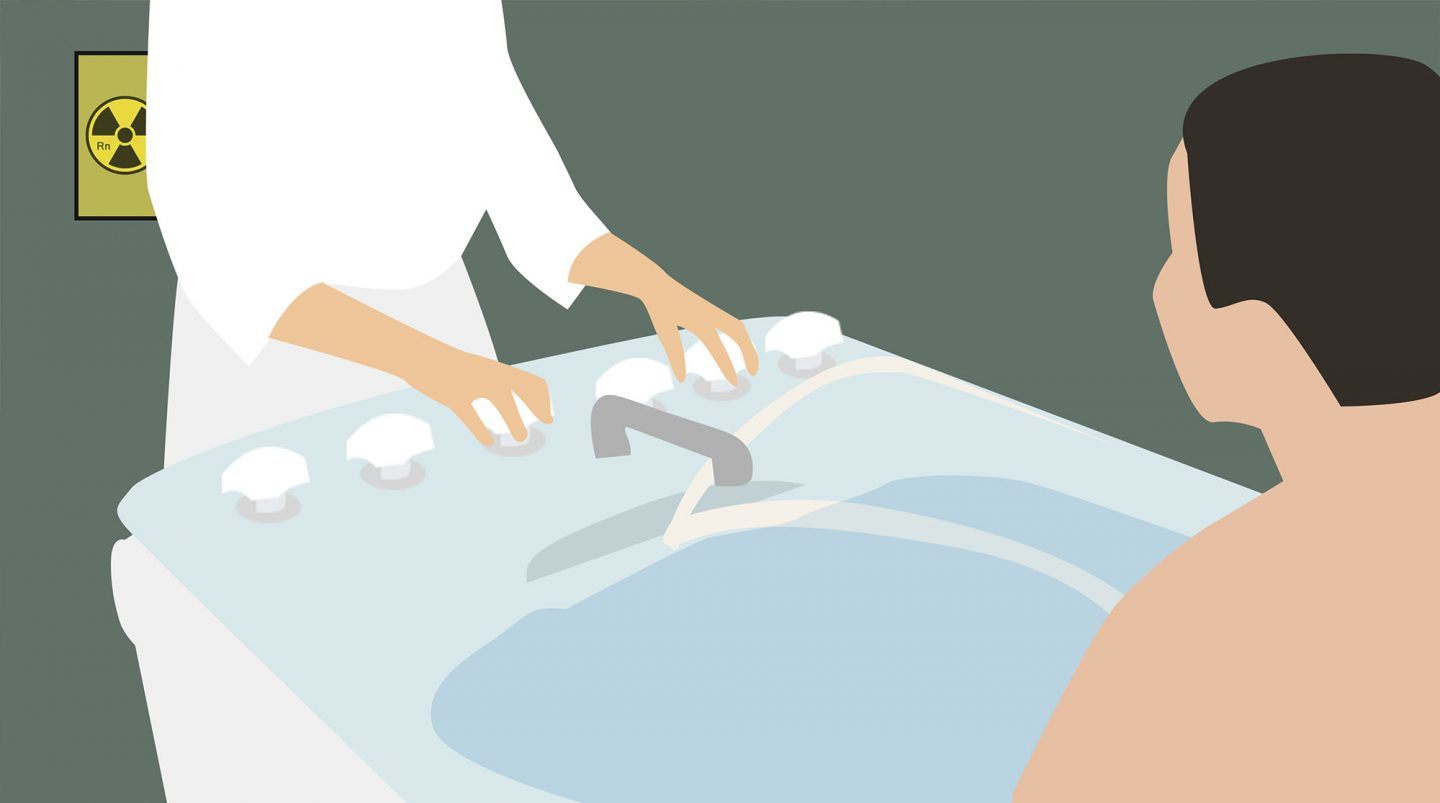
Radon is a radioactive gas that occurs naturally in the decay of uranium. Whilst medical studies have determined a link between exposure to radon and cancer, radon bathing remains popular as a treatment for a variety of illnesses, with “health mines” and baths still in use in places as widespread as Austria, Germany, the Czech Republic, and America. The first known radioactive bath was founded in 1906 in Jáchymov in the Czech Republic; a town by the border of Germany that was one of the Soviet Union’s main suppliers of uranium. Despite the town being plagued by cancer and high mortality rates in the first half of the 20th century, the radon bath remains open for business today. This health spa, and other radon baths around the world, postulate the health benefits of immersion in a high-radon atmosphere: claiming to be a treatment for everything from fertility to psoriasis and arthritis.
—
004 Ohaguro
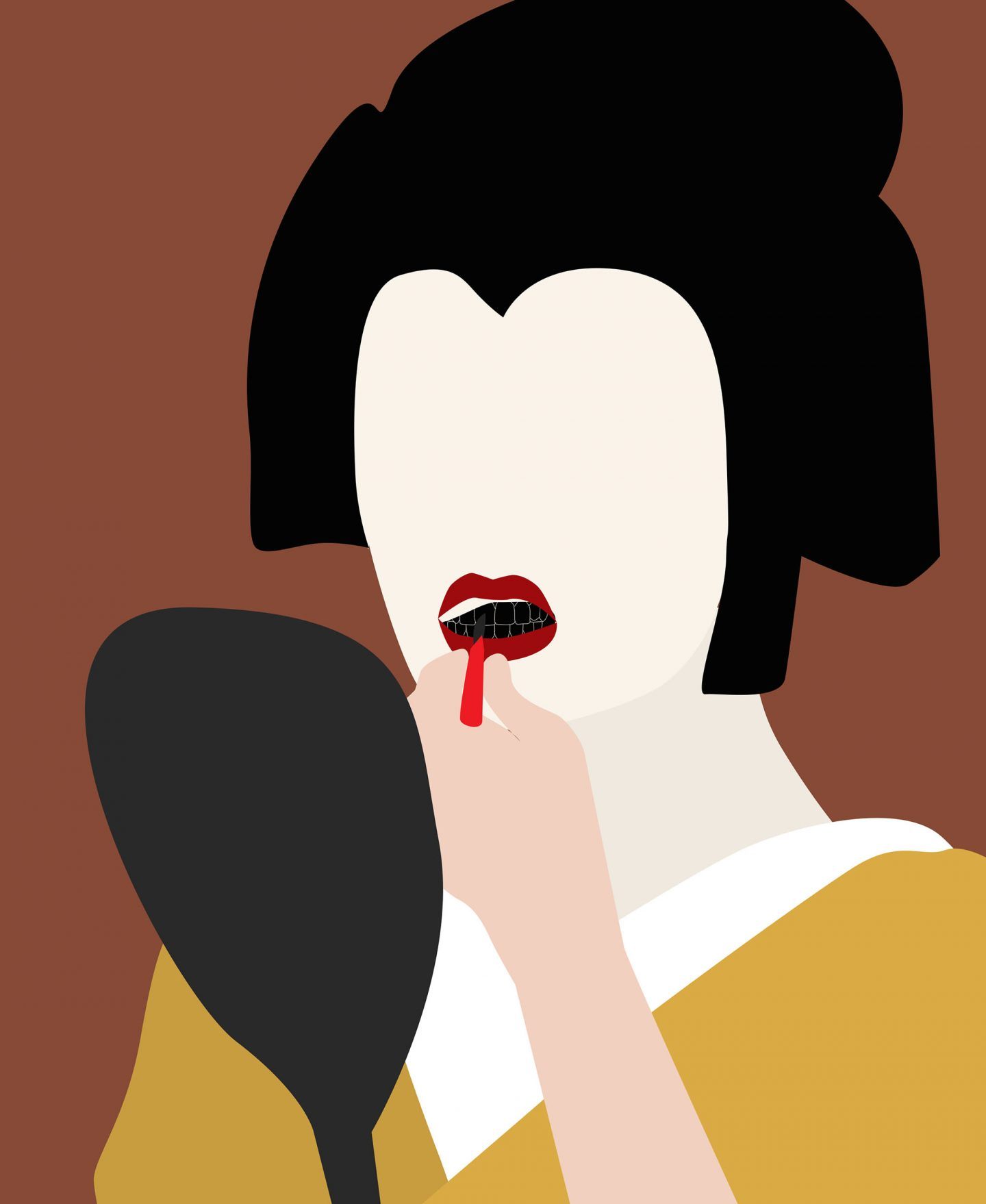
While today, beauty ideals posit bright white as the most attractive color for teeth, it wasn’t always so. Teeth blackening or teeth lacquering was a common practice in Southeast Asian and Oceanic countries. In Japan, teeth blackening is known as Ohaguro and until the end of the 19th century, were considered a sign of beauty and status. During the Heian period (794-1185) it was practiced by nobles and aristocrats, and in the Edo period (1603-1868) it was most common amongst wealthy married women. The dying process requires one to drink iron filings soaked in tea or sake until the become stained black from the iron. The practice was outlawed in 1870, and gradually became obsolete in consequence.
—
005 Seaweed Spas
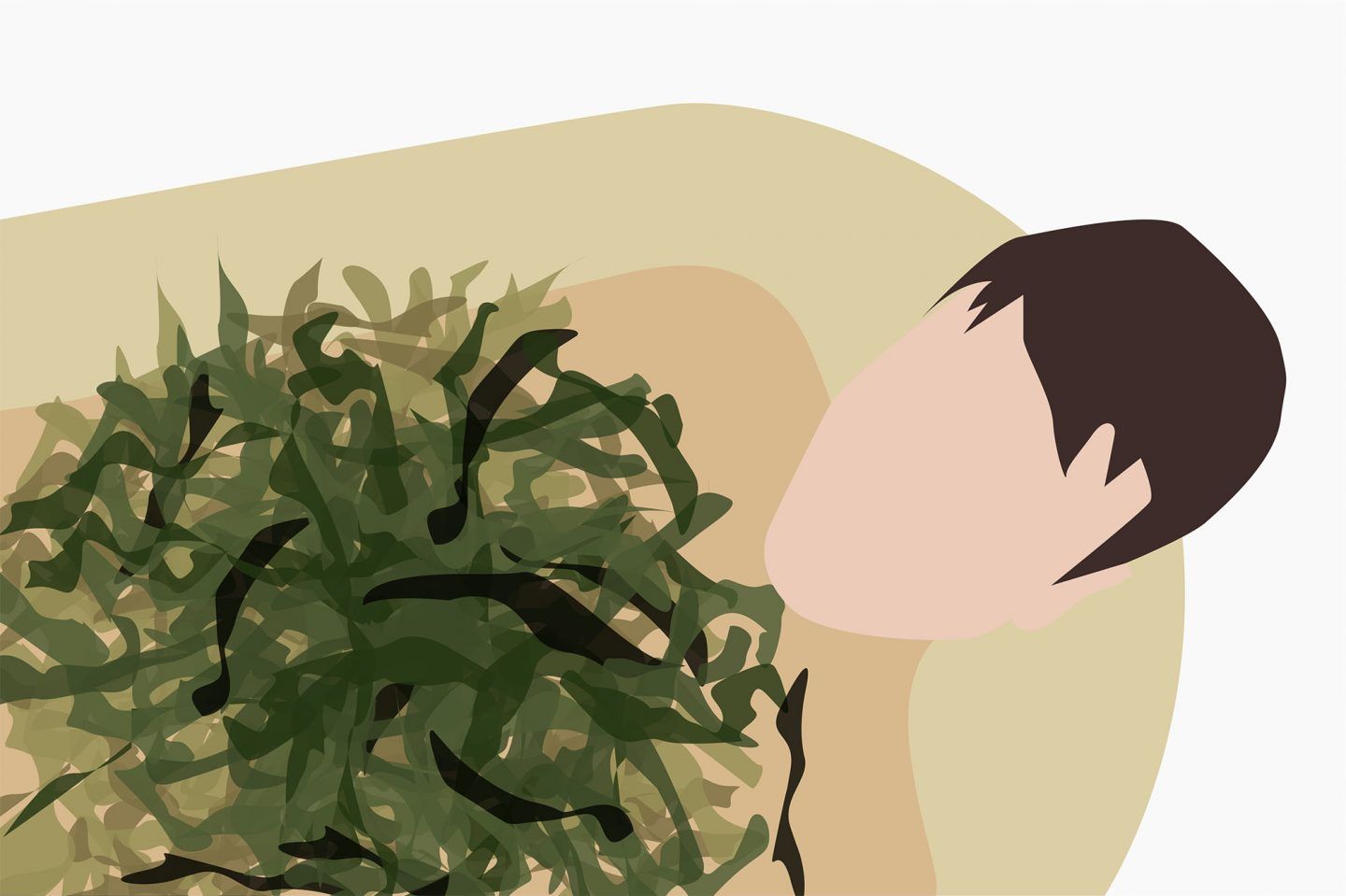
While seaweed might be a familiar ingredient in many products, to the uninitiated, bathing amongst its slimy fronds for beauty benefits could seem far from appealing. Seaweed spas have been in use since the 12th century, and like many seaside sanitariums, they claim multiple health benefits. Known as “Thalassotherapy”, from the Greek thalassa ‘sea’ and therapeia ‘healing’, treatments with sea water and seaweed is said to assist with skin purification, speed up rehabilitation, relieve pain, ease stress and arthritis, whilst purifying skin and eliminating cellulite.
—
006 Cryotherapy Facials
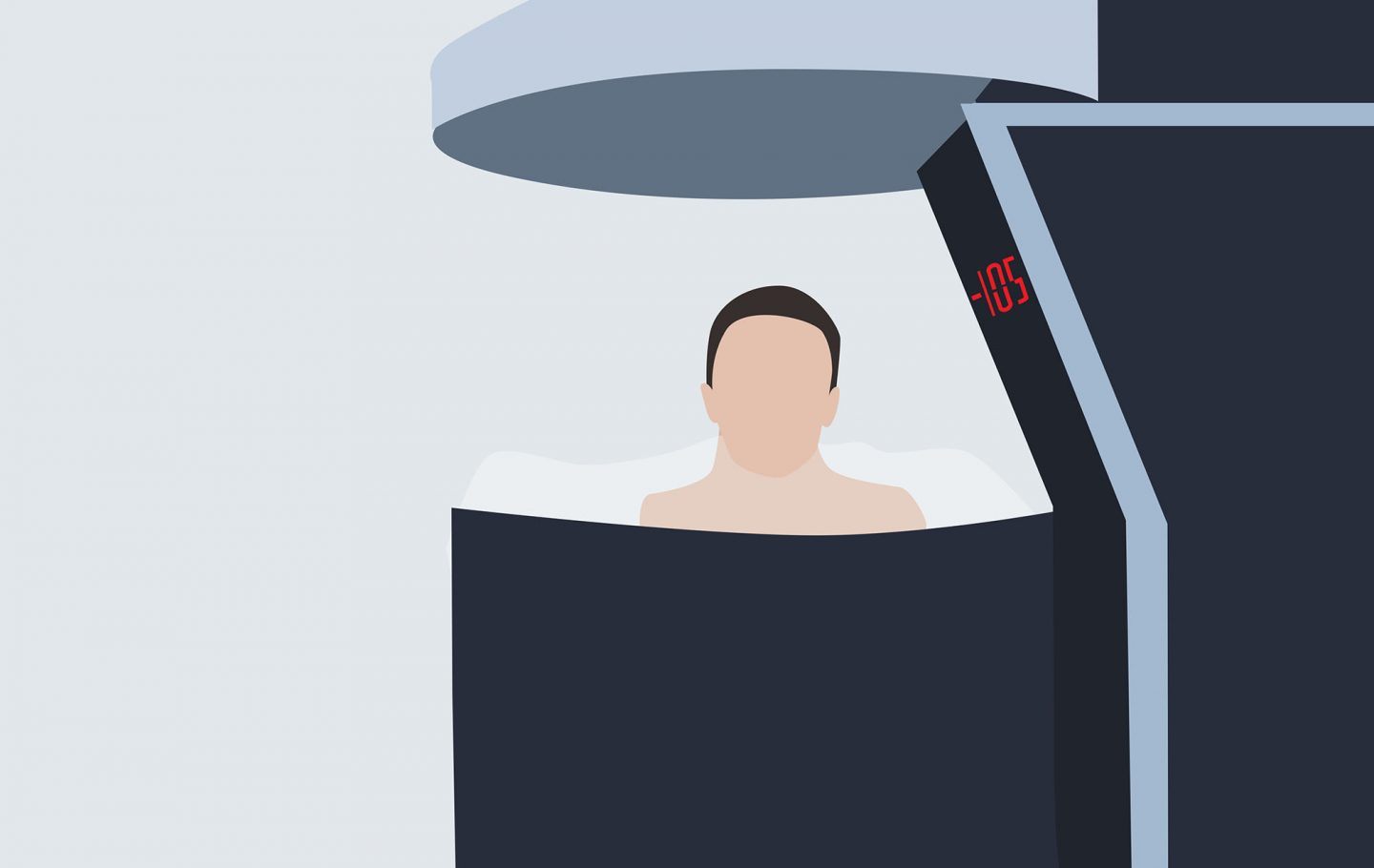
While full-body cryotherapy has been used for medical purposes for many years, it recently moved into the beauty realm, with clinics offering cryotherapy facials to those willing to have their faces quite literally frozen. Rather than immersing your entire body in a sci-fi container of liquid nitrogen, the ‘CryoFacial’ is applied solely to your face. A combination of cold air—temperatures around minus 200 degrees Fahrenheit—and light therapy is said to strengthen the skin by stimulating collagen production, whilst exfoliate dead cells at its surface to reveal the healthy skin below. While its benefits aren’t confirmed, it—at least outwardly—appears the more tolerable of these two chilled forms of wellness therapy.
—
007 Light Therapy Mask
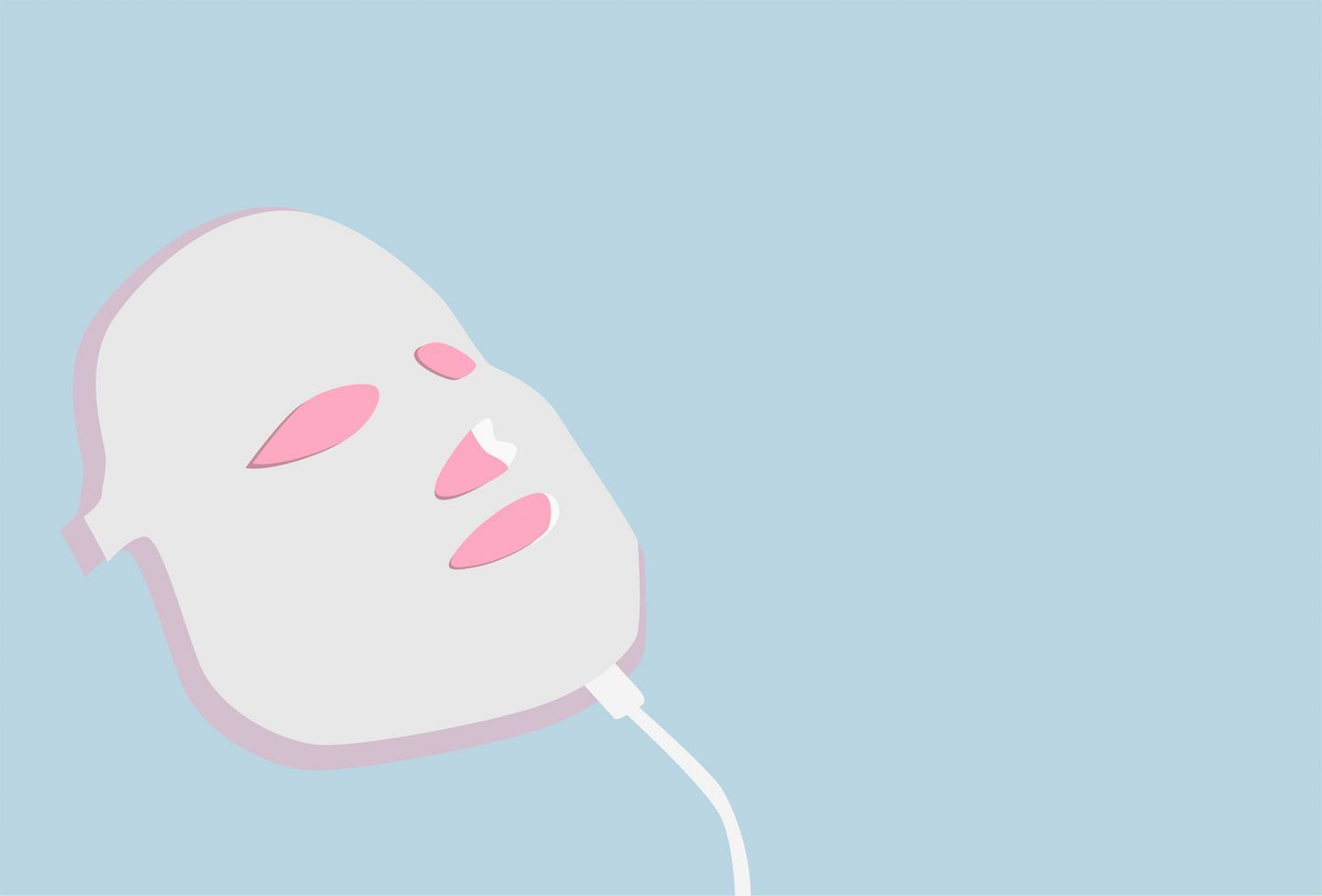
LED Therapy Masks, like most things in this list, propose many purported (meaning, predominantly unproven) health benefits. They claim to treat acne, rosacea, eczema, psoriasis and dermatitis, to reduce inflammation, promote anti-aging, and to accelerate rejuvenation. Unlike the cool CryoFacials, LED Light Therapy Masks leave you basking in a warm glow, and are available at both skin clinics or for purchase and use at home.
—
008 Vampire Facials
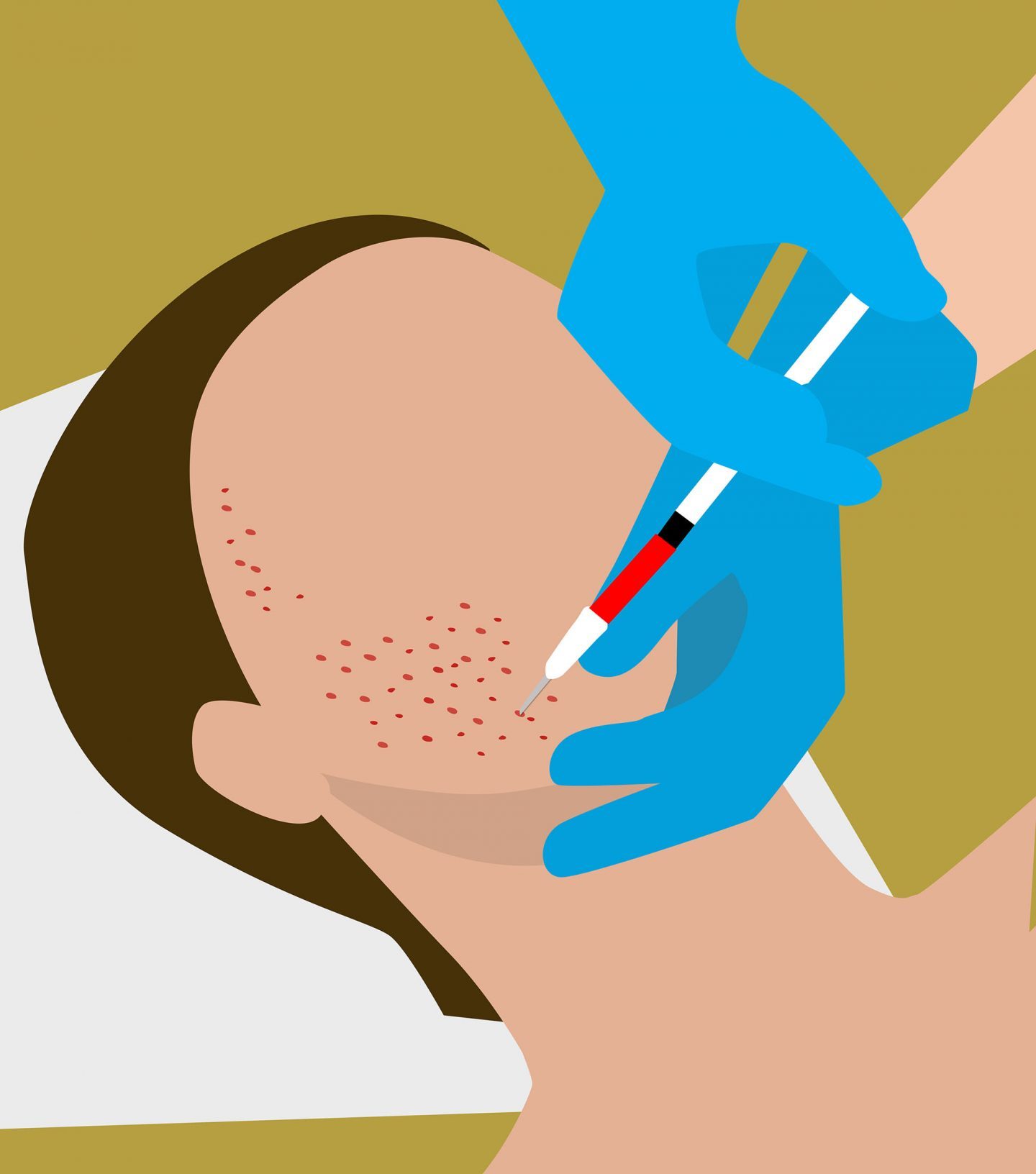
PRP (platelet-rich plasma) therapy was initially used for muscular recovery, but has since become a saleable beauty treatment for both hair loss and dull skin. Popularized by celebrities like Kim Kardashian, the so-called ‘Vampire Facials’ use the patient’s own platelets to encourage the “healing” of their face. A small sample of blood is taken from the patient, the platelets are separated from the blood, and are injected into the skin through micro-needling. The logic behind this is that the high-concentration of platelets leads to accelerated healing of any cell damage. The evidence of the beauty benefits of this radical and bloody therapy are predominantly anecdotal.
—
009 Electric Muscle Stimulation
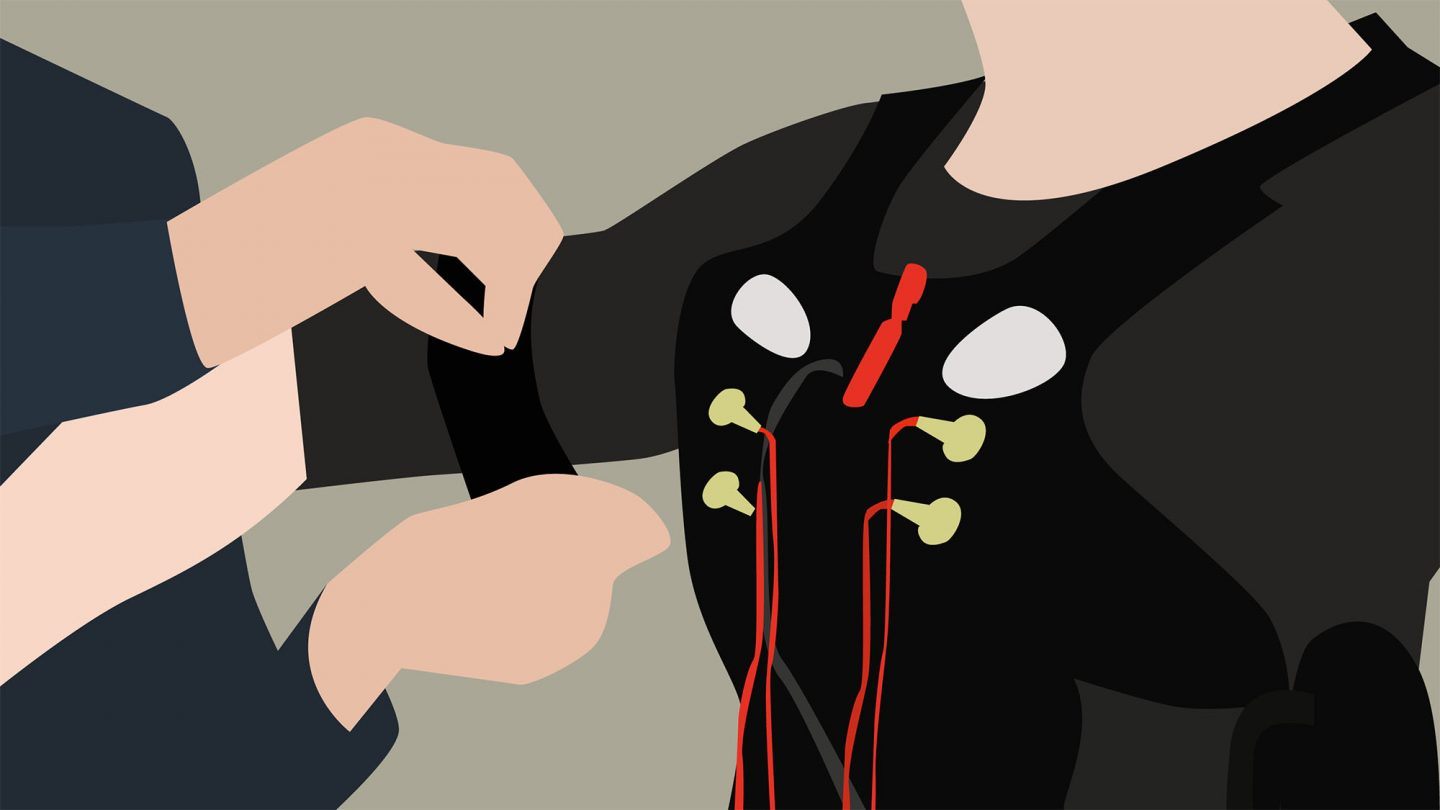
In medicine, EMS is used to rehabilitate atrophied muscles. In beauty, it’s being used for weight loss—a certification that America’s FDA refuses to approve. EMS works by activating muscles through electric pulses that are emitted by small electrodes attached to the skin. Whilst previously the sole territory of physiotherapy, today they are a popular addition to workouts claiming to increase intensity, and assist with strength training and weight-loss.
—
010 Swallowable Parfum
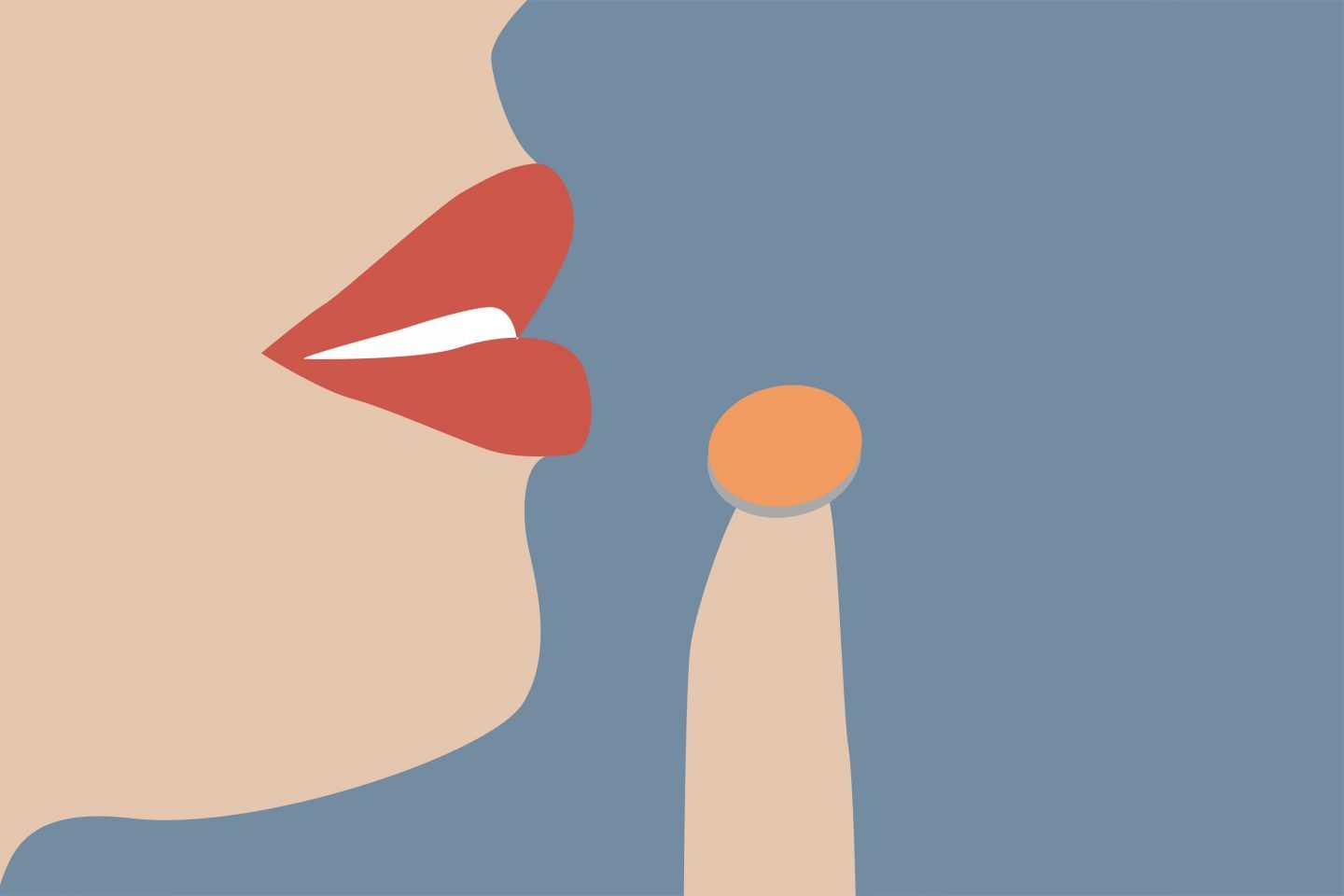
While this product isn’t on the market, the patented science is real and offers an insight into the future of beauty where the body and technology are one. Designed by science fiction artist and body architect Lucy McRae and synthetic biologist Sharef Mansy, ‘Swallowable Parfum’ is a cosmetic pill that uses the body as a perfume atomizer. The product is made from a fragrant lipid molecule that mimics the fat molecules found naturally in our bodies. As the body metabolizes the fragrant lipids that make up the pull, it emits scented lipids through the skin as it perspires.
—
All images © Kathy Kim
